Graphic design has played a pivotal role in the evolution of the automotive industry, blending aesthetics with functionality to transform the way vehicles are perceived. In the early days, automotive branding and marketing were more straightforward, but today, graphic design for automotive purposes has expanded dramatically, offering a myriad of creative possibilities. Whether it's for eye-catching wraps, sleek logos, or interactive digital interfaces, graphic design enhances the driving experience and elevates brand identity. While initially, auto design may have been seen as purely functional, it is now an innovative and dynamic field at the forefront of design trends. Rev up your creative engines with these innovative automotive graphic design ideas and give your project a turbocharged makeover.
Vehicle wrap design
Vehicle wrap design in the automotive industry has become a sophisticated confluence of marketing, aesthetics, and technology. Designers meticulously consider a vehicle's contours, lines, and dimensions to ensure the wrap complements the car's innate features while maximizing visibility and brand impact. Advanced materials such as vinyl allow for vivid color reproduction and durability, enabling intricate graphics and textures that transform the vehicle into a moving canvas. Moreover, designers utilize cutting-edge software to create precise mock-ups, ensuring that both color accuracy and the placement of every logo or image harmoniously enhance the vehicle's appearance and message.
Branding elements
Graphic design in the automotive industry heavily emphasizes creating distinctive branding elements that encapsulate the ethos of a manufacturer or model, often leveraging iconic logos, typography, and color palettes that resonate with target demographics. Logos must be meticulously crafted to embody both the prestige and innovation associated with the vehicle, incorporating sleek lines and dynamic forms that suggest speed and reliability. Typography plays a critical role, with typefaces selected to convey messages of strength, elegance, or cutting-edge technology, depending on the brand's desired identity and market position. Colors are strategically chosen not only for aesthetic appeal but also for their psychological impact, with bold hues evoking excitement and energy, while more subdued tones instill a sense of luxury and sophistication, creating a cohesive visual narrative that permeates through advertising, marketing materials, and the vehicle itself.
Custom typography
Custom typography in automotive graphic design harnesses a unique blend of innovation and precision to create visually impactful and brand-specific letterforms. Designers meticulously tailor fonts to evoke a sense of speed, elegance, and power, aligning closely with the brand's identity and the vehicle's personality. They often incorporate subtle nods to automotive elements, such as sleek curves reminiscent of a car's aerodynamic silhouette or sharp edges echoing engine components, enhancing both readability and aesthetic appeal. Typography serves not merely as a communication tool but as an integral part of the car's overall aesthetic, subtly influencing consumer perceptions and emotional responses through every curve and angle of the design.
Automotive logo design
Automotive logo design involves the intricate art of visually encapsulating the essence, heritage, and forward-thinking ethos of a brand within a singular emblem or typography. Designers face the challenge of incorporating elements like speed, precision, and innovation without overcrowding the design, often relying on a balance of sleek lines, metallic finishes, and dynamic forms that suggest movement or evolution. Symbols such as wings, checkered flags, or abstract interpretations of vehicular components aim to resonate with an audience that seeks both authenticity and the thrill of the open road, ensuring the logo stands as a timeless representation amidst the ever-evolving landscape of the automotive industry. This requires a profound understanding of color theory to invoke emotion, typography to convey luxury or ruggedness, and scalability to ensure visibility from digital interfaces to massive billboards, portraying not just a vehicle but the lifestyle, aspiration, and identity associated with the brand.
Exterior graphics
In the realm of automotive graphic design, exterior graphics play a pivotal role in conveying a vehicle's personality and branding. The design of these graphics requires a deep understanding of form and surface interaction to seamlessly integrate logos, stripes, or custom illustrations onto the vehicle body. Attention to detail is essential, as designers must consider the interplay of colors, lines, and geometric patterns to enhance the vehicle's aesthetic appeal while maintaining harmony with its contours and shapes. Advanced techniques, such as digital rendering and vinyl wraps, provide versatility, allowing for experimentation and iteration to achieve dynamic and high-impact designs that capture consumer interest and elevate brand recognition.
Interior styling concepts
Interior styling concepts in automotive graphic design have undergone a transformative journey, pushed by technological advancements and shifting consumer preferences. Designers now prioritize a seamless blend of luxury and functionality, often drawing inspiration from architectural principles and avant-garde art to craft an immersive cabin experience. Each element, from ambient lighting to upholstery patterns, is meticulously curated to evoke a sense of sophistication and modernity while integrating advanced features like touchscreens and personalized interfaces. Traditional materials continue to be reinterpreted through innovative textiles and sustainable alternatives to meet the demands of an eco-conscious market without compromising on aesthetic appeal.
Color palette selection
In automotive graphic design, selecting the right color palette is crucial for capturing brand identity, consumer interest, and market relevance. Designers often start by researching the brand's heritage colors, which may include shades associated with their iconic models or logo, while also examining current trends in the automotive industry for a modern touch. The automotive color palette typically balances technical precision with emotional resonance, using metallic hues for a futuristic appeal and vibrant tones to evoke a sense of movement and excitement. Moreover, climatic and regional influences can inspire designers to adapt their color choices, ensuring that the palette not only looks visually compelling under varied lighting conditions but also meets cultural preferences and expectations across different markets.
Dashboard interface design
The dashboard interface design for automotive requires meticulous attention to both aesthetic and ergonomic elements, ensuring intuitive ease-of-use for drivers while maintaining visual appeal. Designers focus on creating a seamless transition between traditional instrumentation layouts and avant-garde digital displays, in which color schemes, typography, and iconography are crucial for enhancing readability and reducing cognitive load. Material finishes such as matte, gloss, or metallic are selected to complement ambient lighting and reduce glare, keeping in mind that interaction simplicity must coexist with advanced functional capabilities like navigation, media, and vehicle diagnostics integrated into a centralized system. User feedback and iterative testing play a crucial role, as understanding diverse user preferences and driving conditions ensures that the interface is adaptable, thus promoting not just functionality and safety but an immersive driving experience.
Infotainment system graphics
In the realm of automotive graphic design, particularly focusing on infotainment system graphics, precision and user-centric design are paramount. Designers must ensure these graphical interfaces are not only aesthetically pleasing but also intuitive and easy to navigate for seamless interaction. A successful infotainment system graphic should incorporate clear, high-resolution icons, and legible typography suited for quick glance readability, along with a color palette that adapts well to both day and night time viewing without causing strain. Advanced considerations involve integrating interactive elements responsive to touch or voice commands, ensuring minimal driver distraction while providing maximum information accessibility, and often incorporating real-time data visualization, such as navigation, driving metrics, and connectivity features, all harmoniously blended into the vehicle's overall design ethos.
Digital renderings
Digital renderings in automotive graphic design encapsulate the intricate fusion of aesthetic finesse and engineering precision, offering a mesmerizing insight into the conceptualization and visualization of vehicular designs. Artists utilize cutting-edge software such as Autodesk Alias, Blender, and Adobe Illustrator, which allow them to manipulate three-dimensional space meticulously and create life-like prototypes. These digital renderings play a pivotal role in the design process by allowing designers to experiment with various elements like shape, texture, and color, thereby enhancing the final product's visual appeal and functional efficiency. The hyper-realistic nature of these renderings enables effective communication of design intent within development teams and to stakeholders, thereby streamlining the transition from conceptual sketches to production-ready models.






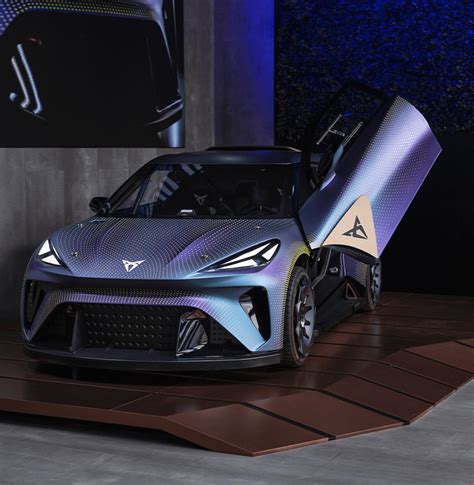
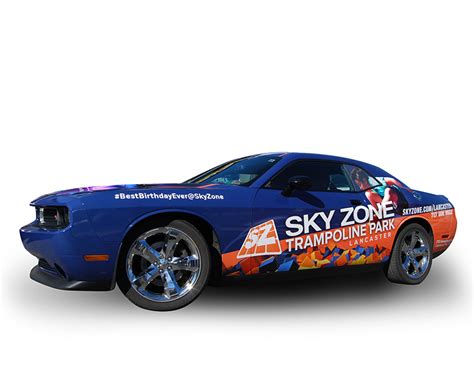
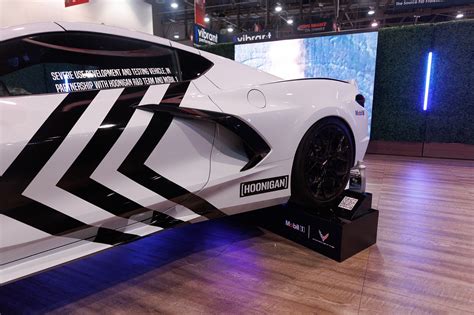
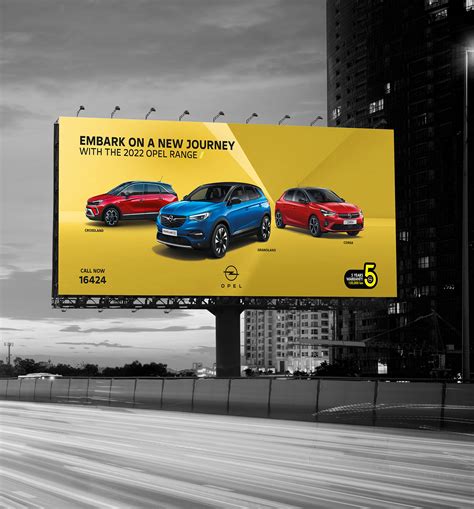
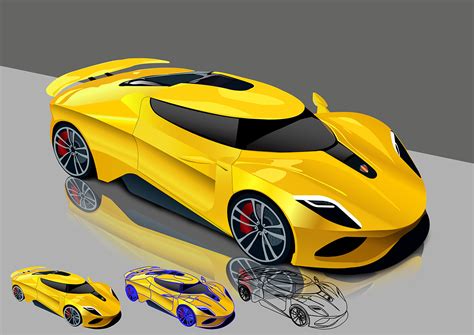
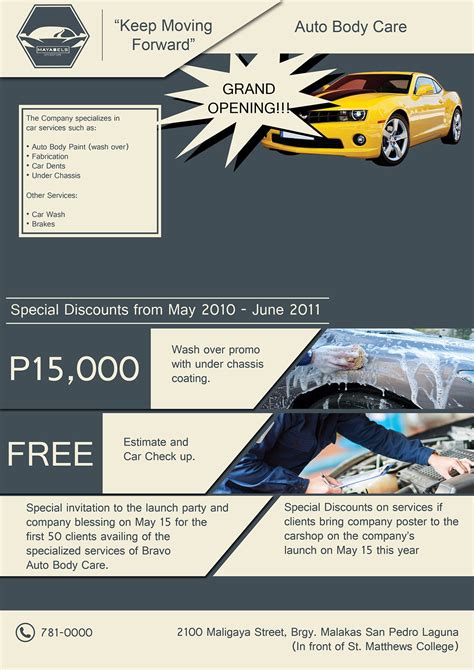
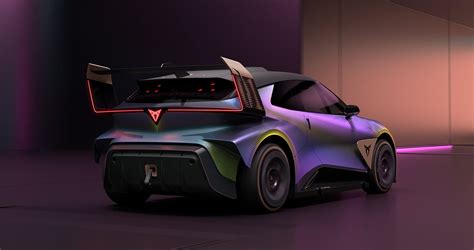
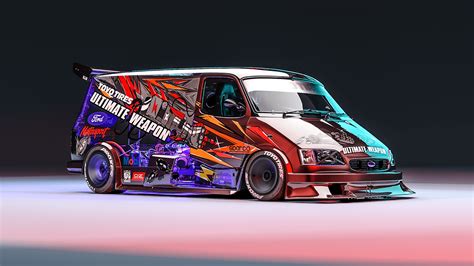
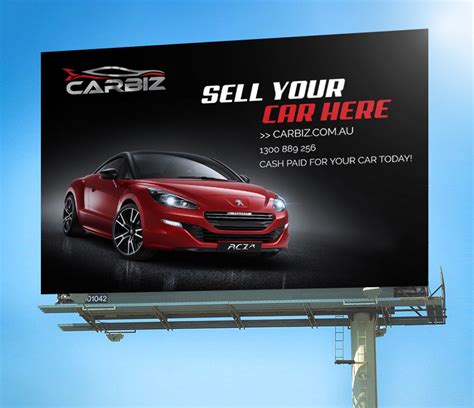
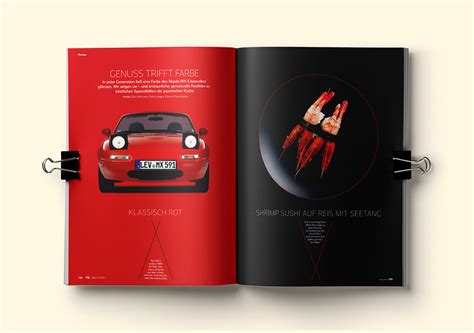
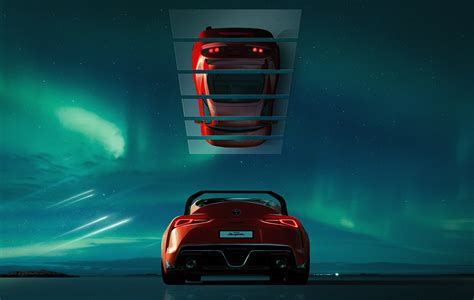
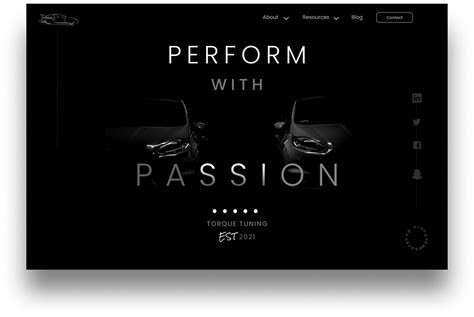
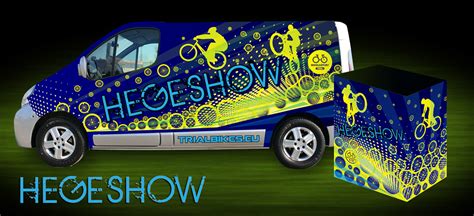
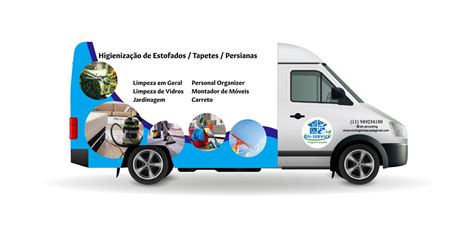
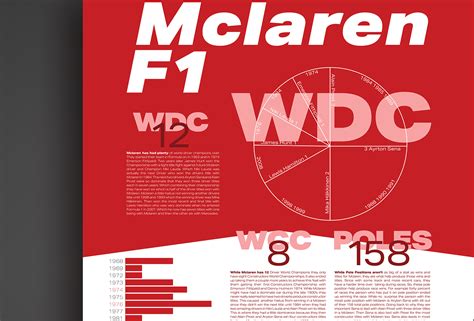
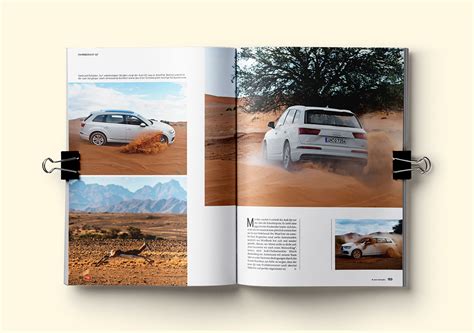
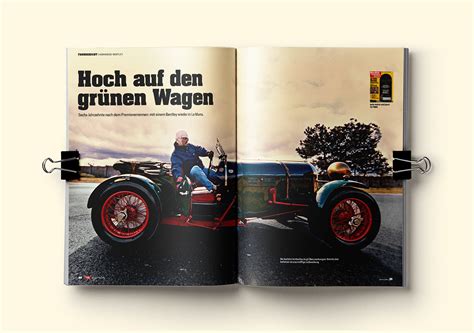
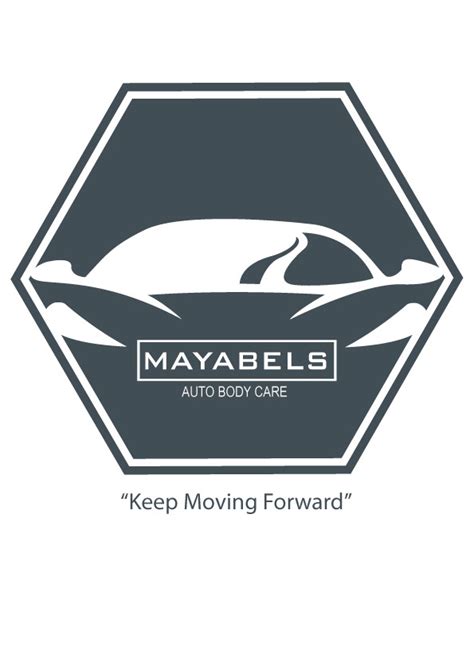
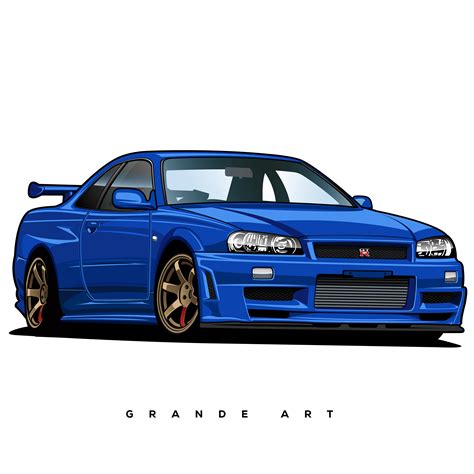
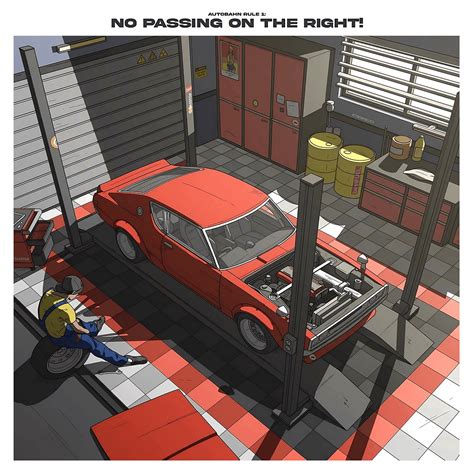
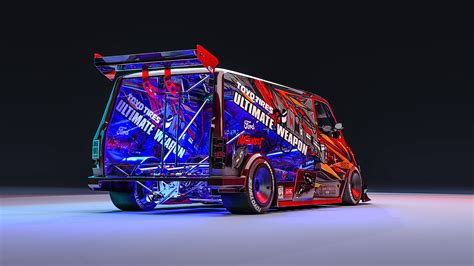

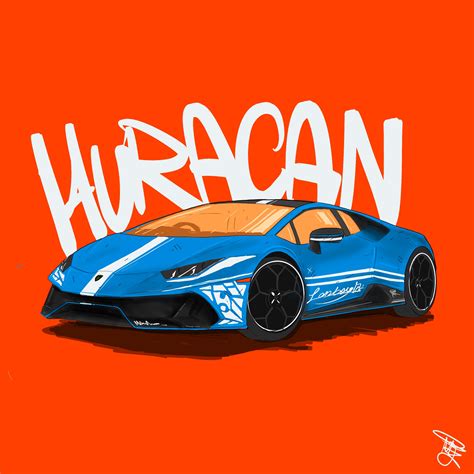

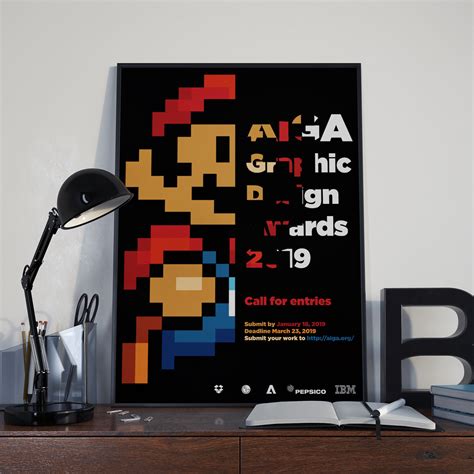


Leave a Reply
Your email address will not be published.